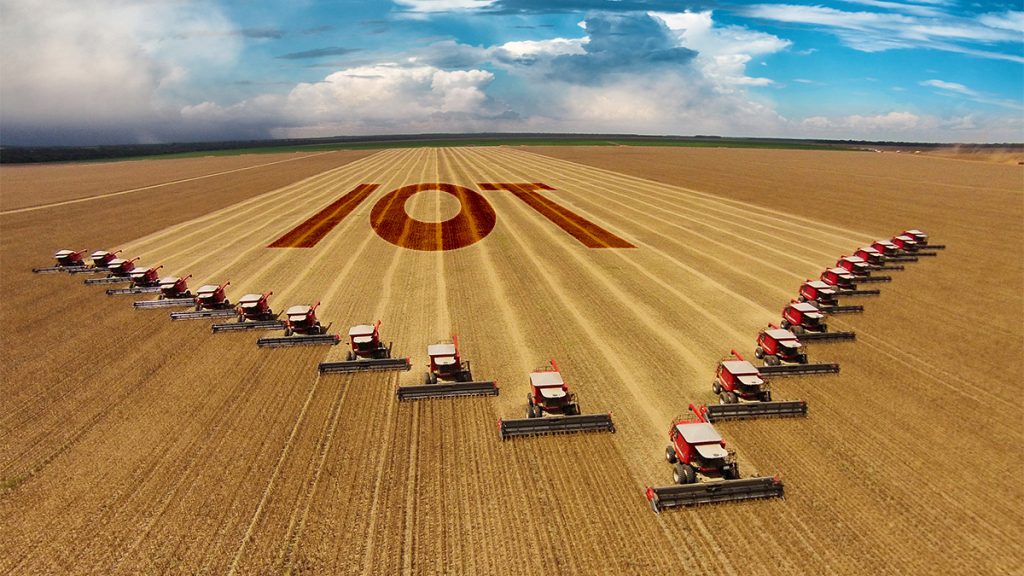
The agricultural economy is expanded through smart farming, which also helps meet the global community’s enormous needs. IoT in agriculture can lead to better food, more supply, and affordable farming. Over the past few decades, agriculture has seen several technological changes that have made it more industrialized and technology-driven. Farmers have improved control over producing livestock and growing crops by using various smart agriculture tools, making it more predictable and effective.
What Is Smart Agriculture?
Modern agriculture can be referred to in a variety of ways. AgriTech, for instance, describes the general application of technology in agriculture. On the other hand, “smart agriculture” is typically used to refer to IoT technologies in agriculture. What, then, is IoT-enabled smart agriculture? Farmers may use IoT sensors to gather environmental and machine parameters, allowing them to better manage anything from raising cattle to growing crops. Farmers may determine precisely how many pesticides and fertilizers they need to use to achieve maximum efficiency, for instance, by utilizing smart agriculture sensors to monitor the condition of crops. The definition of “smart farming” holds as well.
IoT Technologies in Agriculture
Businesses eager to participate still have plenty of opportunities because the market is continually growing. In the upcoming years, creating IoT goods for agriculture can help you stand out as an early adopter and, as a result, pave the road to success. IoT innovative agricultural solutions are made to assist crop field monitoring using sensors and irrigation system automation. As a result, farmers and related brands can quickly and hassle-free monitor field conditions from anywhere.
Drones in Agriculture
Crop monitoring, crop spraying, soil analysis, and mapping are just a few farming tasks drones utilize to improve and optimize. One of the key industries to use drones in agriculture. Farm imaging, mapping, and surveying are all done using drones, including sensors and cameras. Both aerial and ground-based drones are available. Ground drones are mobile robots that survey fields. Aerial drones are flying robots, crewless aerial vehicles (UAVs), or unmanned aircraft systems (UAS). You can operate drones remotely, or they can pass automatically thanks to software-controlled flight plans coordinated with sensors and GPS in their embedded systems.
Computer Imaging in Agriculture
Sensor cameras placed strategically around the farm or drones fitted with cameras are used in computer imaging to capture images that are then processed digitally. The fundamental idea behind digital image processing is to use computer algorithms to modify an input image. Image processing analyzes limiting factors and aids in improved farm management by seeing pictures in various spectral intensities, such as infrared, comparing photos gathered over time, and detecting anomalies.
Benefits of Smart Farming
Nearly every sector can be improved thanks to the Internet of Things (IoT). IoT in agriculture fundamentally alters how we think about agriculture and offers solutions to frequently time-consuming and tiresome jobs. But what precisely are the benefits of smart farming? Let us take a look.
Smart agriculture sensors gather many data, such as weather conditions, soil quality, crop growth status, and livestock health. You can utilize this information to monitor your company’s overall health, employee productivity, equipment effectiveness, etc. The greater production control has resulted in cost management and waste reduction. You can reduce the likelihood of losing your yield if you spot any anomalies in crop growth or livestock health.
Additionally, Lower production risks as a result of better internal process control. You can arrange for more effective product distribution if you predict your production output. You can ensure that your stuff won’t sit on the shelf unclaimed if you know exactly how much produce you’ll collect.
Automation of corporate processes to increase efficiency. You may automate several operations throughout your production cycle by employing smart devices, such as irrigation, fertilization, and pest management improved product volumes and quality. By automating the production process, it is possible to maintain higher standards for crop quality and growth potential. All of these elements may ultimately result in increased revenue.
Wrap Up
According to the UN Food and Agriculture Organization, the globe will need to produce 70% more food in 2050 due to the population’s exponential expansion. The necessity to increase farm productivity has become urgent due to the reduction of agricultural lands and the depletion of finite natural resources. Smart farming adds another layer to the agricultural economy while helping deliver on the immense needs of the world. IoT in agriculture can allow for healthier food, more volumes of supplies, and lower costs.
Inside Telecom provides you with an extensive list of content covering all aspects of the tech industry. Keep an eye on our Intelligent Tech sections to stay informed and up-to-date with our daily articles.